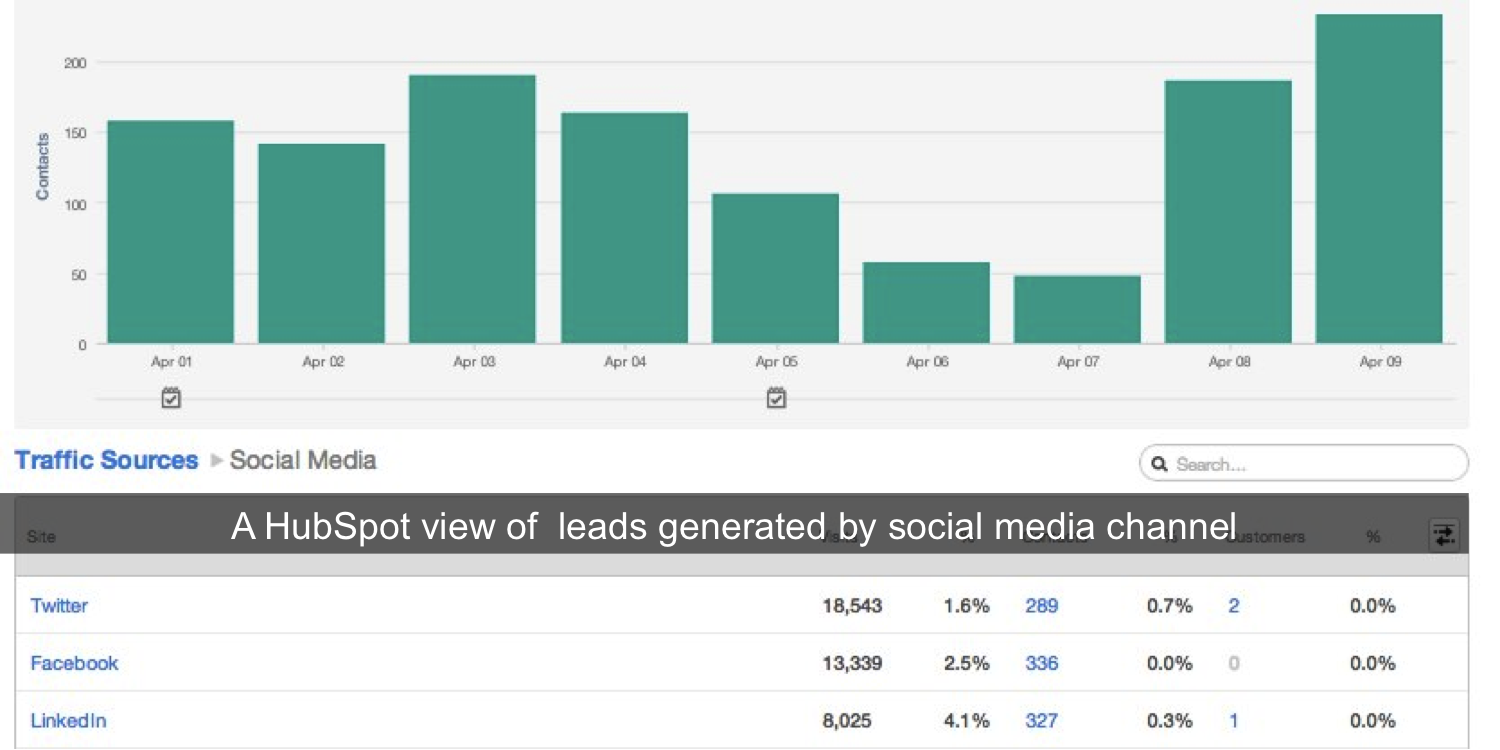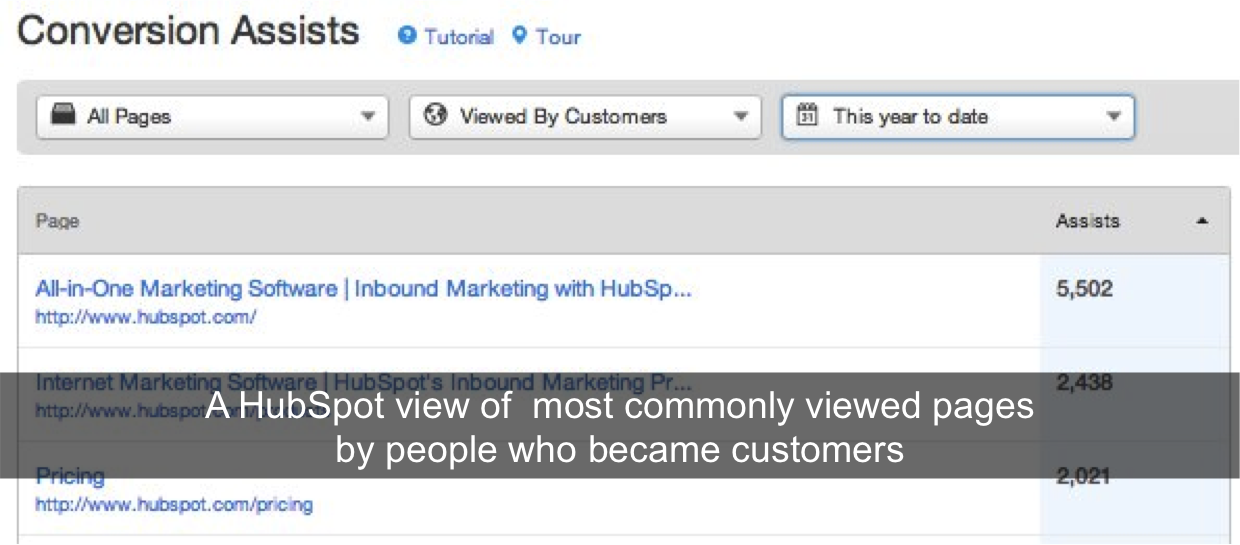by Meghan Keaney Anderson
Today’s marketers are increasingly strapped for time. We live in a world where inboxes buzz at 11pm and “busy” is the most common response to “How are you?” If this sounds familiar, you’re probably faced with a conundrum: You can’t get in any earlier. You can’t stay much later. And sleeping any less would qualify you for full-on zombie citizenship.
So what can you do to become more efficient in the time that you do have? Find small victories against the clock. (And it doesn't hurt to keep a sense of humor, either.)
To reclaim precious minutes and hours in your schedule, you’re going to need a few good strategies, a collection of tools, and a liberal policy on office coffee consumption. Here’s a start from my own arsenal of inbound marketer time-saving tactics.
Strategies to Speed You Up
So often, efficiency comes down to focus. The following strategies are designed to help you inject a bit more focus into your hectic day-to-day. They all need to be tried on for size, as some may work better than others for you and your business.
Timeboxing
If I let them, single blog posts could take me a full day to complete. I could spend hours finding the right words for an introduction and punctuating each line with a “quick” break to peek at email or witter. The next thing I know it’s 40 minutes later and I’ve fallen down a rabbit hole of side-topics and funny internet memes. (Store this gem for later. I said later, surfers.)
Timeboxing adds focus and urgency that helps you move more quickly through your work. Here’s how it works:
1) Allow yourself a concrete period of time for each task -- for example, 2 hours to research and write a blog post.
2) Block that time off on your calendar to illustrate that you shouldn’t be disturbed. In fact, if possible, go someplace quiet to work.
3) Here’s the hard part. Don’t do anything else during that time period. No email. No article reading. No snack breaks.
4) At the end of the 2 hours, stop. Even if you aren’t finished with the post, stop and move onto something else. Doing so will help keep your focus over the long run. You can always create a second timebox later to return and finish your post.
Email Quarantine
Email quarantine is similar to timeboxing but deserves its own line, because it battles one of the biggest time vortexes of all – your bleeping inbox. The trick here is to not check email continuously throughout the day. Instead, give yourself 15 minute blocks of time at the beginning, middle, and end of the day to go through it. You may lose a step in terms of immediate response, but you’ll gain epochs in your overall efficiency the rest of the day.
Walking Meetings
Written about by many, but first introduced to me by HubSpotters Jonathan Kim and Brian McMullin, walking meetings increase your productivity by actually keeping your body and mind moving throughout the discussion. Pick a loop around your office that takes about 30 minutes to walk, then use milestones along the path to indicate where you should be in your discussion. It may seem like getting out of the office would add time to your schedule, but more often than not it results in more productive conversations. I’d encourage you to try it once and let me know in the comments how it went.
30-Minute Stand-Ups
Walking meetings are great for one-on-one situations; for group meetings, try a "stand-up," a brief meeting meant to keep everyone efficient, accountable, and up-to-date ... not to belabor points and "brainstorm." Limit your time to 30-minute sessions, max -- sometimes we even do 10-minute sessions -- and give everyone in attendance one defined opportunity to speak. While not necessary, standing during the meeting can increase the sense of efficiency and bring a new energy to your meetings.
Cheetah-Like Productivity Tools
Software is an overwhelmed marketer’s best friend. These are a few of the tools I use regularly to keep me on schedule and prioritizing the right things.
- IFTTT: IFTTT stands for "If this then that." It’s a free tool that allows you to set up notifications or other actions based on a trigger. For example, if you’re tagged in an image on Facebook, send a text message or add that photo to your Dropbox. If you’ve got HubSpot, you probably don’t need this because notifications are part of HubSpot workflows, but for those of you don’t, IFTT is a good tool.
- Skitch and Clarify: Skitch is a free drag-and-drop screenshot tool that helps you capture and use images more quickly. Clarify (a HubSpot customer) is just as fast, but more advanced. It combines image capture, editing, and document authoring to help you to quickly create documents and marketing collateral.
- Tempo: Tempo is a calendar app I just started using that is great for people hopping from meeting to meeting. Among the time saving features, Tempo pulls in webinar dial-in information, has one-click notification to let people know if you're running late, and integrates maps and LinkedIn profiles for meetings outside of your office. It's pretty handy.
- HubSpot iPhone App: The HubSpot app allows you to track new leads and see your progress toward lead generation goals while on the go.
- HubSpot Social Scheduling: Mention social media and two questions inevitably follow: Where do you find the time? And is it really worth it? HubSpot's social scheduling and bookmark tool answers both.
- Chime: Okay, clearly I’m a little biased here because we loved these guys enough that we acquired them, but Chime is an incredibly useful tool that helps aggregate all of your notifications in one place, easily shaving off minutes throughout the day while keeping you informed.
- TripIt: I don’t travel much for work, but I’ve learned from those who do that TripIt offers a really easy way to organize flight and travel information into one place.
Speed of Light Keyboard Tricks
Most people know about keyboard tricks to bold, underline, or copy and paste in a document. Here are few more of my favorite tricks to keep your fingers moving. Every computer model is set up differently, so you’ll have to test them out, but here are a few good shortcuts.
Windows/PC
- Create Filler Text: All marketers need filler text. When you’re laying out a document or writing a post, save yourself from writing blah blah blah 50 times with this simple trick. While using Microsoft Word, if you need some random text type: =rand(x,y) and press Enter; x and y are numbers of your choice. For example, =rand(3,4)<Enter> gives you 3 paragraphs with 4 sentences each.
- Delete a Whole Word vs. Letter by Letter: Control + Backspace
- Change From Lowercase to Uppercase: Shift F3
- Go to the Desktop: Windows Key + d
- Minimize Everything: Windows key + m
Mac Computers
- Screenshot: Command + Shift + 3 to take a full screenshot, or Command + Shift + 4 to take a section of your screen. These are great for educational content when you're trying to explain how to do something to your readers.
- Email a Link to This Page: Shift + Command + I
- Look Up a Word in the Dictionary: Control + Command + D.
All Computer Types
- Insert a Link: Highlight the words you want to hyperlink, then hold down Control or Command and hit the letter K.
- Quickly Search a Page: Hold down Control or Command and then hit the letter F for find.
- Tab Through Your Programs: On a PC, hold down Alt and strike the Tab key to cycle through your windows. On a Mac, hold down the Command button and strike the Tab key.
Internet Browsers
- Move cursor to the address bar: On a PC, strike F6
- Accidentally closed a tab? Get it back. For Firefox and Chrome users, Ctrl +Shift + T opens that tab that you just closed by accident. I can’t tell you the number of times this has saved me when moving too fast.
- Move between tabs: Control + Tab.
Data-Driven Prioritization
Keyboard shortcuts and productivity tools will only get you so far. It also helps to stop once in a while to examine your overall time investment and look for places to cut. The good news is, analytics can help you find ways to spend less time on activities that don't move the needle, and more time on things that have the biggest impact on your marketing.
Channel Evaluation
Take a look at the visits, leads, and customers each of your marketing channels have generated. You can see an example of this within HubSpot below. Do the outcomes driven by each channel align well with the time you're putting into them? Are there channels that are taking valuable marketing time without demonstrating any results? Use these metrics to reallocate your time into the channels that drive the greatest impact.

Page Evaluation
You may spend tons of time getting your website to look just right, but do you know which of those pages are actually influential to people who end up buying? Use a conversion assistsreport or customer interviews to determine which pages were most commonly used by customers to make their purchase decision. Reallocate your time to focus more on testing and improving those pages before addressing other pages on your site.

Since I’ve already taken a good five minutes off your day, I’ll stop there so you can get back to being an inbound marketing superhero. But my final suggestion is this: Cut yourself some slack. Time is a slippery devil. Letting your to-do list overwhelm you is the surest way to reduce your productivity. Instead, focus on conquering two or three key achievements each day. Then if there’s time, attack the long-tail of your to-do list.
Oh, and it’s ok to whisper “King of the Mountain!*” each time you cross another item off. I recommend it.
*Achievement catch-phrases may vary.

No comments:
Post a Comment